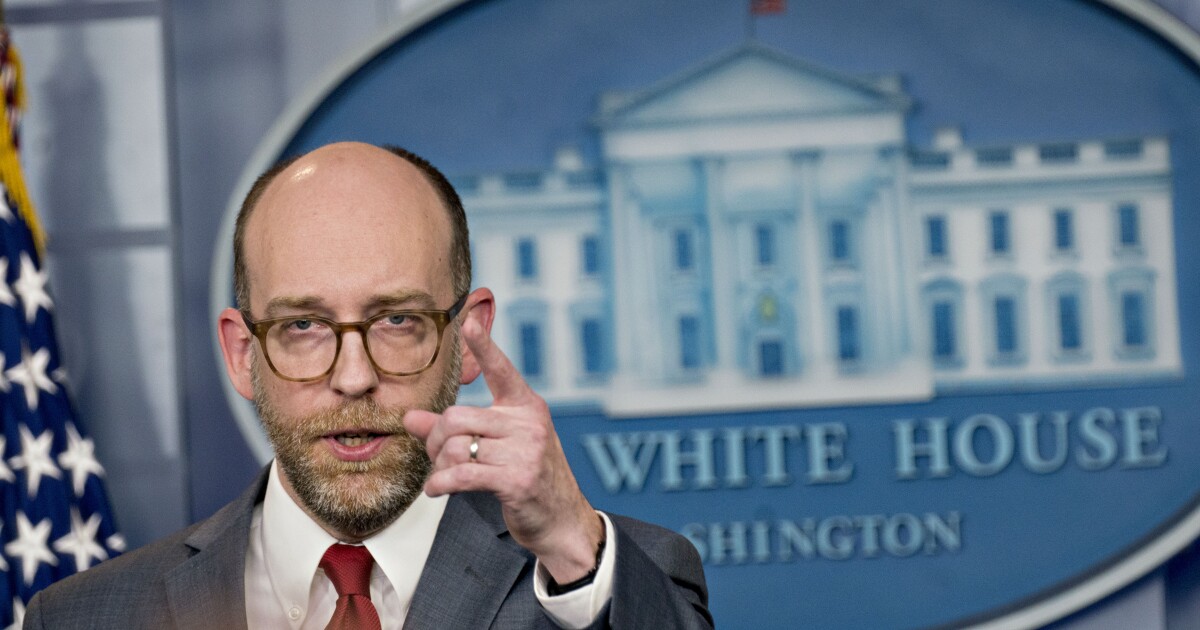
(Bloomberg) -- US bonds are poised for their best run in three years as traders brace for the Federal Reserve to cut interest rates for the first time since 2020.
Treasuries have returned 1.7% this month through Aug. 28, on pace for a fourth straight monthly gain, according to the Bloomberg US Treasury Total Return Index. The gauge has been rallying since the end of April as investors grew more confident in the case for lower US borrowing costs, extending its gain for the year to 3%.
After suffering steep losses earlier this year, bonds have roared back as recent signs of cooling inflation and job growth eased the path for the Fed to lower rates from the highest level in more than two decades.
Yields on 10-year Treasuries touched a 14-month low of 3.67% in early August when the government's job report showed an uptick in the unemployment rate before rebounding to 3.86% on Thursday.
"The bond market is still an interesting place to be," said Tiffany Wilding, an economist at Pacific Investment Management Co, on Bloomberg Television. "We see a lot of value despite the recent rally."
At the Jackson Hole symposium last week, Fed Chair Jerome Powell said "the time has come for policy to adjust," marking a key turning point in the central bank's two-year battle against inflation. The Fed has kept the benchmark rate in the range of 5.25%-5.5% — the highest in more than two decades — since July 2023.
Bond traders have priced in about 100 basis points of easing this year, which implies a reduction at every remaining policy meeting through December, including one jumbo 50-basis-point cut.
Short-term notes, which are more sensitive to the Fed's policy, outperformed this month, leaving a key part of the yield curve on the verge of turning positive for the first time since July 2022. At 3.9%, the two-year yield is less than 2 basis points higher than 10-year rates. The gap was more than 100 basis points in March 2023, marking the deepest inversion since 1981.
The winning streak has some concerned that the rally has come far enough. The risk now is that the labor market stabilizes from here, giving room for the Fed to ease monetary policy slower than what's currently anticipated.
The run paused on Thursday after second quarter US GDP growth rate and weekly jobless claims pointed to a resilient economy, pushing Treasuries lower and yields higher.
"It's amazing to me just how much sentiment has shifted," said Meghan Swiber, a US rates strategist at Bank of America Corp. But the data so far hasn't fully justified "the narrative that the Fed is going to deliver very swift, aggressive cuts this year," she said.
The month will end with the release of a measure of inflation that is closely followed by the Fed on Friday. But the key read on the economy and labor market will come at the end of next week with the August payroll data.
More stories like this are available on bloomberg.com



